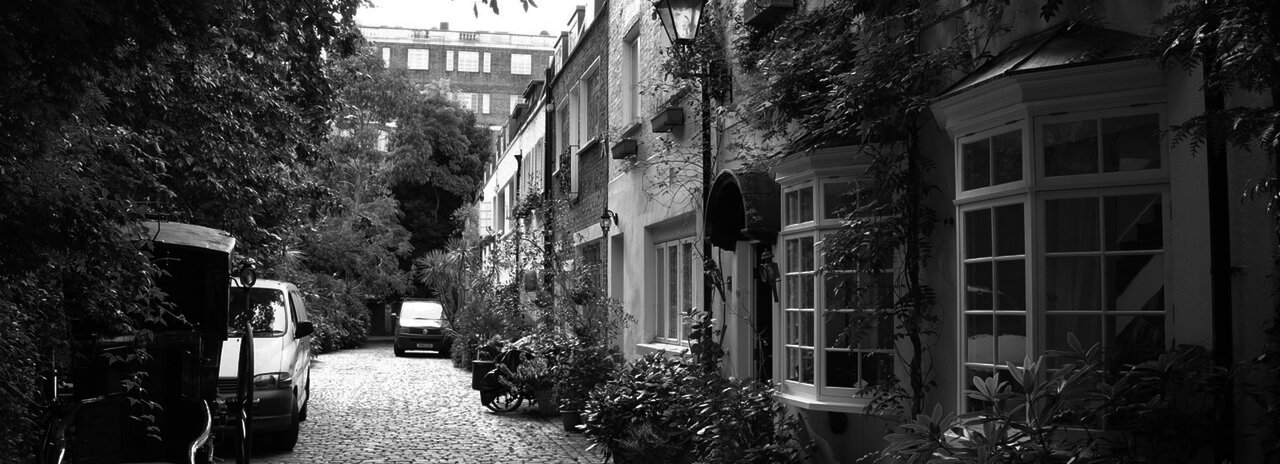Whether you’re selling or buying, it’s important to make sure that any VAT invoices you issue or receive comply with the strict VAT regulations.
Failing to do so can cause problems both for you and for your customers.
If you reclaim VAT using a defective invoice, HM Revenue & Customs (HMRC) can disallow the claim. HMRC can also charge penalties and interest on any amounts you’ve incorrectly claimed. Equally, your business has an obligation to your customers to send out invoices that meet the regulations and include the right documentation to support their VAT claims.
The three different types of VAT invoice
There are three types of document that can be produced, so it’s important to understand the differences between these three and to use the right type for your business usage.
1. A simplified invoice
The simplified invoice is intended for sales under £250 and keeps the amount of information on the invoice to a minimum. The invoice must include:
The seller’s name, address and VAT registration number
A unique sequential invoice number
The tax-point (usually the date of supply)
A description of the goods or services supplied and the applicable VAT rate(s)
The total charge including VAT.
2. A full VAT invoice
A full VAT invoice is the standard invoice in most circumstances and is more comprehensive than the simplified invoice. It includes the same fields as the simplified invoice plus:
The invoice date (usually the same as the tax point)
The customer’s name and address.
Whereas the simplified version only requires a VAT-inclusive total, the full version needs to show the amount excluding VAT as well as the total VAT charged.
The unit price and quantity of goods must also be shown, together with details of any discounts.
3. A modified VAT invoice
A modified VAT invoice can be issued in respect of retail sales exceeding £250. They contain the same information as a full VAT invoice, and in addition must include the total charged including VAT. In practice, that will be on the full VAT invoice anyway.
Making sure you stick to the regulations
With the choice of three different types of VAT invoice, it’s vital to choose the right type of documentation and to also make sure you adhere exactly to the guidance and regulations.
You don’t need to issue a VAT invoice if your customer isn’t VAT-registered, or if all the items charged on the invoice are zero-rated or exempt.
You mustn’t issue VAT invoices for goods supplied under the VAT second-hand schemes, and there are special invoices required for supplies under the Margin Scheme, Global Accounting Scheme, Auctioneers Scheme and the Tour Operators Margin Scheme.
Invoices should be issued within 30 days of the time of supply, and you must keep copies (electronic copies are acceptable) of all invoices issued, including spoiled ones.
Although invoice numbers must be sequential, you can have multiple series in use at the same time.
NOTE: quotes and pro-forma invoices are NOT acceptable for claiming VAT.
Helping you keep your VAT procedures in order
As you can see, it’s important to have your own VAT invoices in order and to have proper VAT invoices for any purchases where you are reclaiming VAT charged.
As your adviser, we can check that the invoices you produce comply with VAT regulations, and check more-generally that your VAT procedures are robust.
Get in touch for a review of your VAT procedures.

